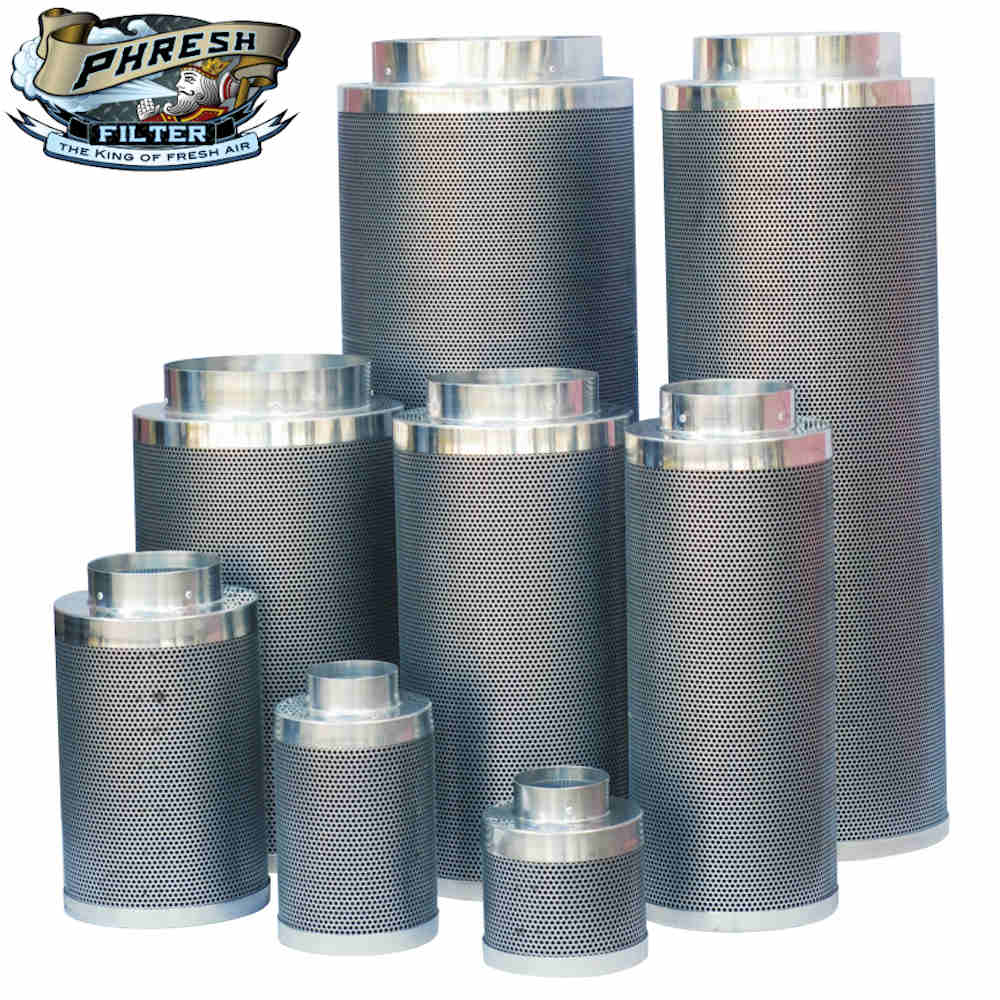


PFAS have come under scrutiny in recent years due to their potential health impacts and widespread presence in the environment, especially drinking water. “The real goal should be control of PFAS contaminants at their source.” James Ellen Distinguished Professor of Civil, Construction and Environmental Engineering at NC State, whose lab teamed with Stapleton’s to conduct the study. “Home filters are really only a stopgap,” said Detlef Knappe, the S. The whole-house systems were also widely variable and in some cases actually increased PFAS levels in the water.” “In contrast, the effectiveness of activated-carbon filters used in many pitcher, countertop, refrigerator and faucet-mounted styles was inconsistent and unpredictable. “All of the under-sink reverse osmosis and two-stage filters achieved near-complete removal of the PFAS chemicals we were testing for,” Stapleton said.

“We tested 76 point-of-use filters and 13 point-of-entry or whole-house systems and found their effectiveness varied widely,” said Heather Stapleton, the Dan and Bunny Gabel Associate Professor of Environmental Health at Duke’s Nicholas School of the Environment. A few, if not properly maintained, can even make the situation worse. They may not remove all of the drinking water contaminants you’re most concerned about.Ī new study by scientists at Duke University and North Carolina State University finds that – while using any filter is better than using none – many household filters are only partially effective at removing toxic perfluoroalkyl substances, commonly known as PFAS, from drinking water. – The water filter on your refrigerator door, the pitcher-style filter you keep inside the fridge and the whole-house filtration system you installed last year may function differently and have vastly different price tags, but they have one thing in common.


 0 kommentar(er)
0 kommentar(er)
